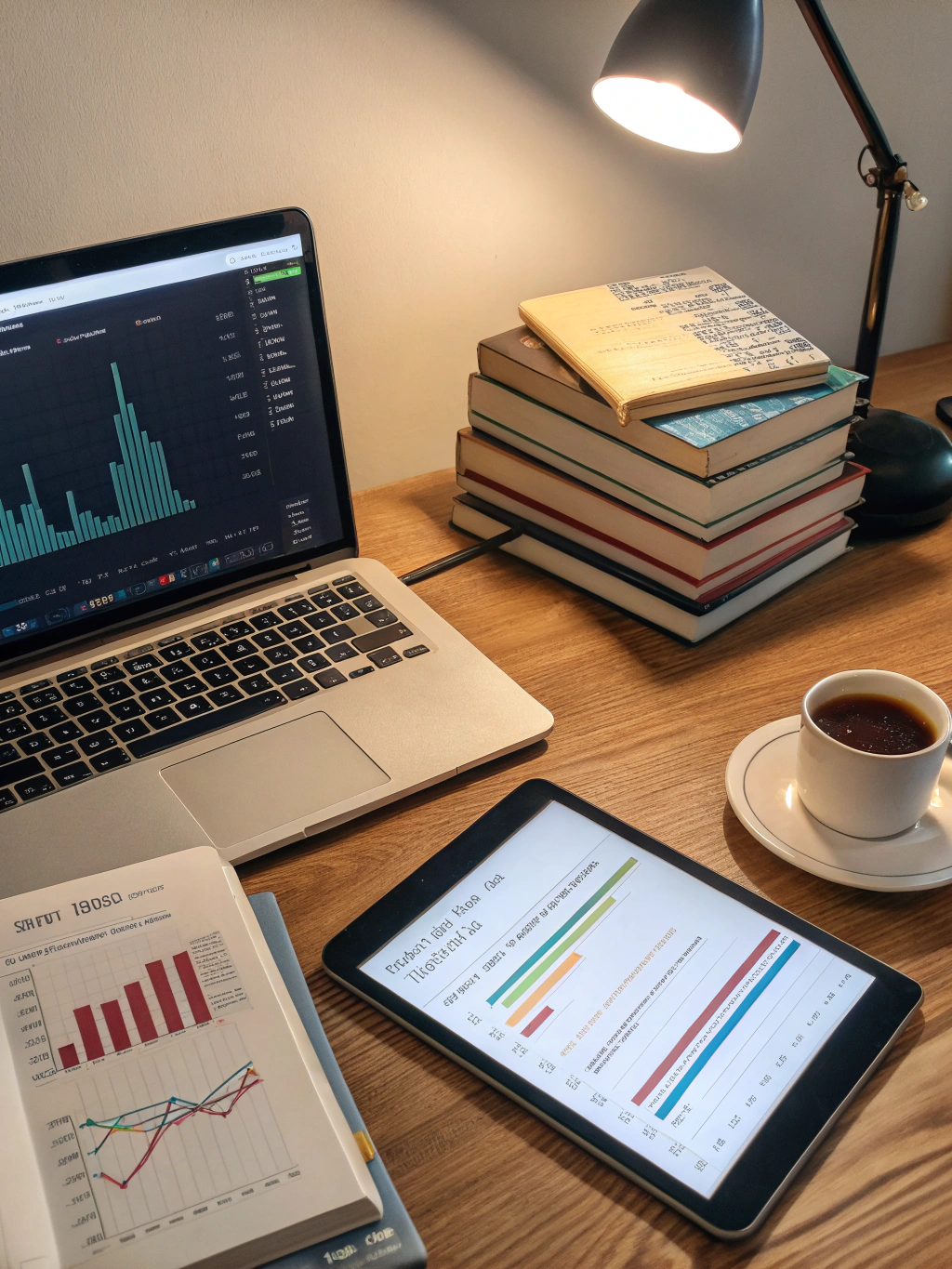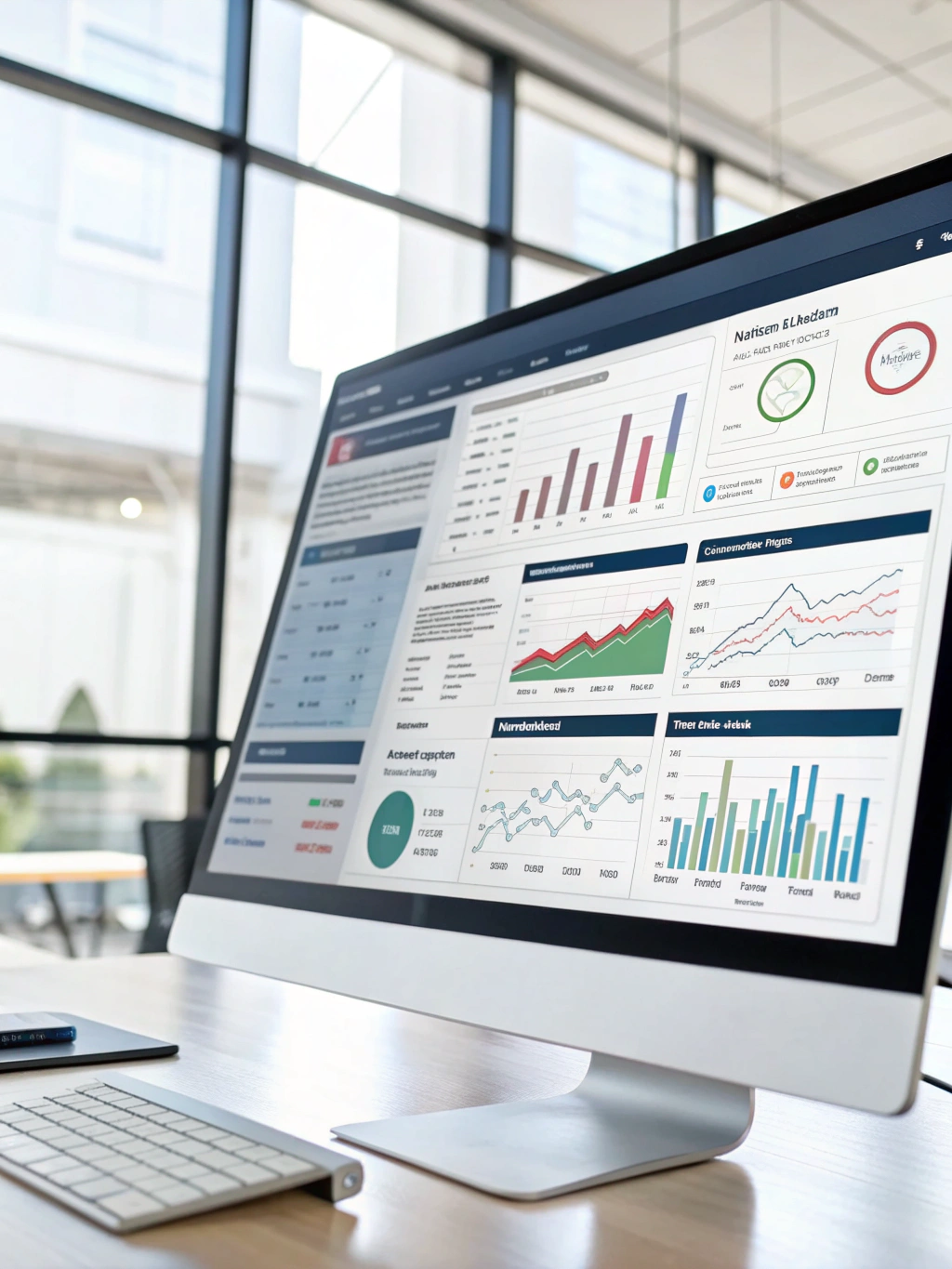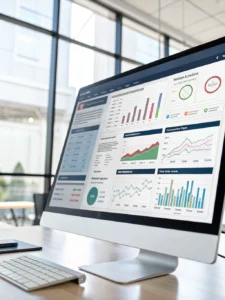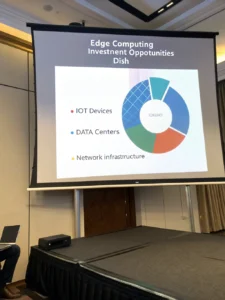How to Use Data Analytics to Drive Business Decisions
Is Your Business Blindfolded? Unlocking Growth with Data Analytics
In today’s fast-paced world, businesses are drowning in data. Yet, many are navigating without a map, missing crucial insights that could propel them forward. Are you truly leveraging the information at your fingertips? The ability to transform raw data into actionable intelligence is no longer a luxury – it’s a necessity. Data Analytics has rapidly evolved, becoming a cornerstone of competitive advantage across industries. This comprehensive guide will delve into the world of data analytics, exploring its latest trends, practical applications, and essential strategies to ensure your business isn’t left behind.
We’ll also cover how to avoid common pitfalls and plan for long-term success in this dynamic field.
Key Concepts & Trends

The landscape of data analytics is constantly shifting. One notable trend is the rise of Artificial Intelligence (AI) and Machine Learning (ML), which are automating complex analytical tasks and enabling predictive modeling. Instead of just reporting on past performance, businesses can now forecast future outcomes with increasing accuracy. This is significantly fueled by the growth of Big Data, which refers to the massive volume, velocity, and variety of data being generated. Big Data requires specialized tools and techniques to manage and analyze effectively.
For example, retailers are using AI-powered recommendation engines (like those seen on Amazon and Netflix) to personalize customer experiences and boost sales. Marketing teams are leveraging predictive analytics to identify high-value leads and optimize campaign spending. Financial institutions are utilizing ML algorithms to detect fraudulent transactions and assess credit risk. Another key development is the increasing adoption of cloud-based data analytics platforms, offering scalability and cost-effectiveness for businesses of all sizes. These platforms provide integrated tools for data storage, processing, and visualization, making powerful analytics accessible to a wider audience.
Data & Market Insights
The market for data analytics is booming. According to a recent report by Grand View Research, the global data analytics market size was valued at USD 254.58 billion in 2023 and is projected to reach USD 559.99 billion by 2030, growing at a CAGR of 14.8% from 2024 to 2030. This exponential growth is driven by the proliferation of data from various sources, including social media, IoT devices, and online transactions.
Consider Netflix, a prime example of a company leveraging data. They analyze viewing habits, ratings, and search queries to tailor content recommendations, optimize their streaming quality, and even inform their original programming decisions. This data-driven approach has been instrumental in their success. Furthermore, the increasing adoption of business intelligence (BI) tools like Tableau and Power BI is empowering business users to gain self-service insights without relying solely on data scientists.
Smarter Strategies & Alternatives
To truly harness the power of data analytics, businesses need to move beyond simply collecting data and focus on strategic implementation. Start by defining clear business objectives. What questions do you need to answer? What problems are you trying to solve?
One alternative approach is to leverage pre-built analytics solutions offered by various platforms. For instance, marketing automation platforms often include built-in analytics dashboards. Another strategy is to implement a data-driven culture within your organization, empowering employees at all levels to make data-informed decisions. Consider using open-source tools like Python with libraries like Pandas and Scikit-learn for more customized analysis, which can be a cost-effective alternative for smaller businesses. Remember to prioritize data quality; garbage in, garbage out. Investing in data cleansing and validation processes is crucial.
Use Cases & Applications
The applications of data analytics are virtually limitless. In healthcare, it’s used for disease prediction, personalized medicine, and optimizing hospital operations. In manufacturing, it enables predictive maintenance, quality control, and supply chain optimization. E-commerce businesses use it to personalize product recommendations, optimize pricing, and improve customer retention. Social media platforms rely on data analytics to understand user behavior, target advertising, and moderate content.
A compelling case study is Amazon’s use of its recommendation engine. By analyzing millions of customer interactions, Amazon can predict what products a customer is likely to buy, leading to increased sales and customer satisfaction. Startups are also leveraging data analytics to validate their business models, understand their target market, and iterate quickly.
Common Mistakes to Avoid
Despite its potential, data analytics can be fraught with pitfalls. One common mistake is focusing on vanity metrics – metrics that look impressive but don’t actually drive business value. Another is neglecting data governance – failing to establish clear policies and procedures for data collection, storage, and access.
A significant error is attempting to implement complex data analytics solutions without the proper expertise. Hiring a skilled data scientist or partnering with a reputable analytics consulting firm can be a worthwhile investment. Moreover, ignoring data security is a major risk. Implementing robust cybersecurity measures is essential to protect sensitive data from breaches.
Maintenance, Security & Long-Term Planning
Once you’ve implemented data analytics solutions, ongoing maintenance and security are paramount. Regularly monitor system performance, update software, and patch vulnerabilities. Implement multi-factor authentication and data encryption to protect sensitive data.
Consider developing a data retention policy to comply with regulatory requirements and manage storage costs. As data volumes grow, ensure your infrastructure can scale to meet future needs. Stay informed about evolving data privacy regulations like GDPR and CCPA and adapt your practices accordingly.
Summary & Key Takeaways
Data analytics is no longer optional for business success; it’s a fundamental driver of growth and competitive advantage. By understanding key concepts, leveraging data effectively, and avoiding common pitfalls, businesses can unlock valuable insights and make informed decisions. The ability to transform data into actionable intelligence is a powerful asset in today’s dynamic environment.
We hope this guide provides a solid foundation for navigating the world of data analytics. What are your biggest challenges when it comes to data? Share your thoughts and experiences in the comments below! You can also explore our related articles on Data Analytics or check out these helpful tools for data visualization: [Link to a relevant tool review].
FAQs
Is it too late to invest in data analytics?
Absolutely not! The demand for data analytics skills and solutions is only going to increase. It’s never too late to start leveraging data to improve your business.
How can small businesses use AI?
Small businesses can start with simple AI tools like chatbots for customer service, automated email marketing campaigns, and AI-powered analytics dashboards to gain insights from their data.
What tech stacks scale best for data analytics?
Cloud-based tech stacks like AWS, Azure, and Google Cloud are generally the best for scalability. These platforms offer a wide range of data analytics services and can easily adapt to changing business needs.
Share this content:














Post Comment